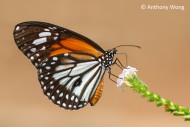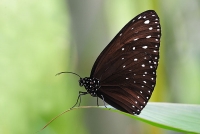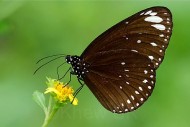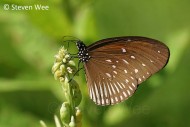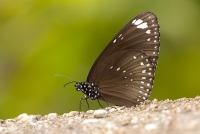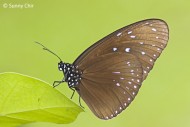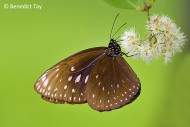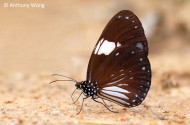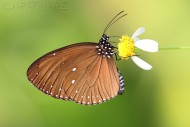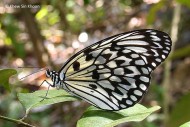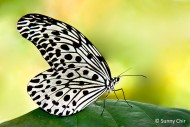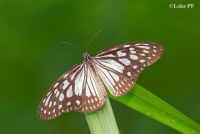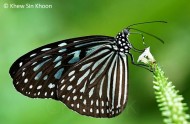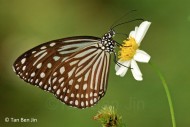Nymphalidae
Members of this family are generally brush-footed butterflies, this refers to the reduced pair of the first legs or forelegs that are covered in dense hairs. The front pair of legs is inconspicuous and much smaller that the other four. They are not used for walking or holding but for cleaning their antennae and other parts of their body. Butterflies in this family have a distinctive way of flying, after every wingbeat, they hold their wings stretched out from their body and glide for a while without moving their wings.







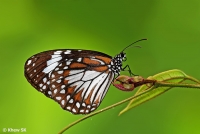

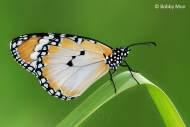

.JPG)
